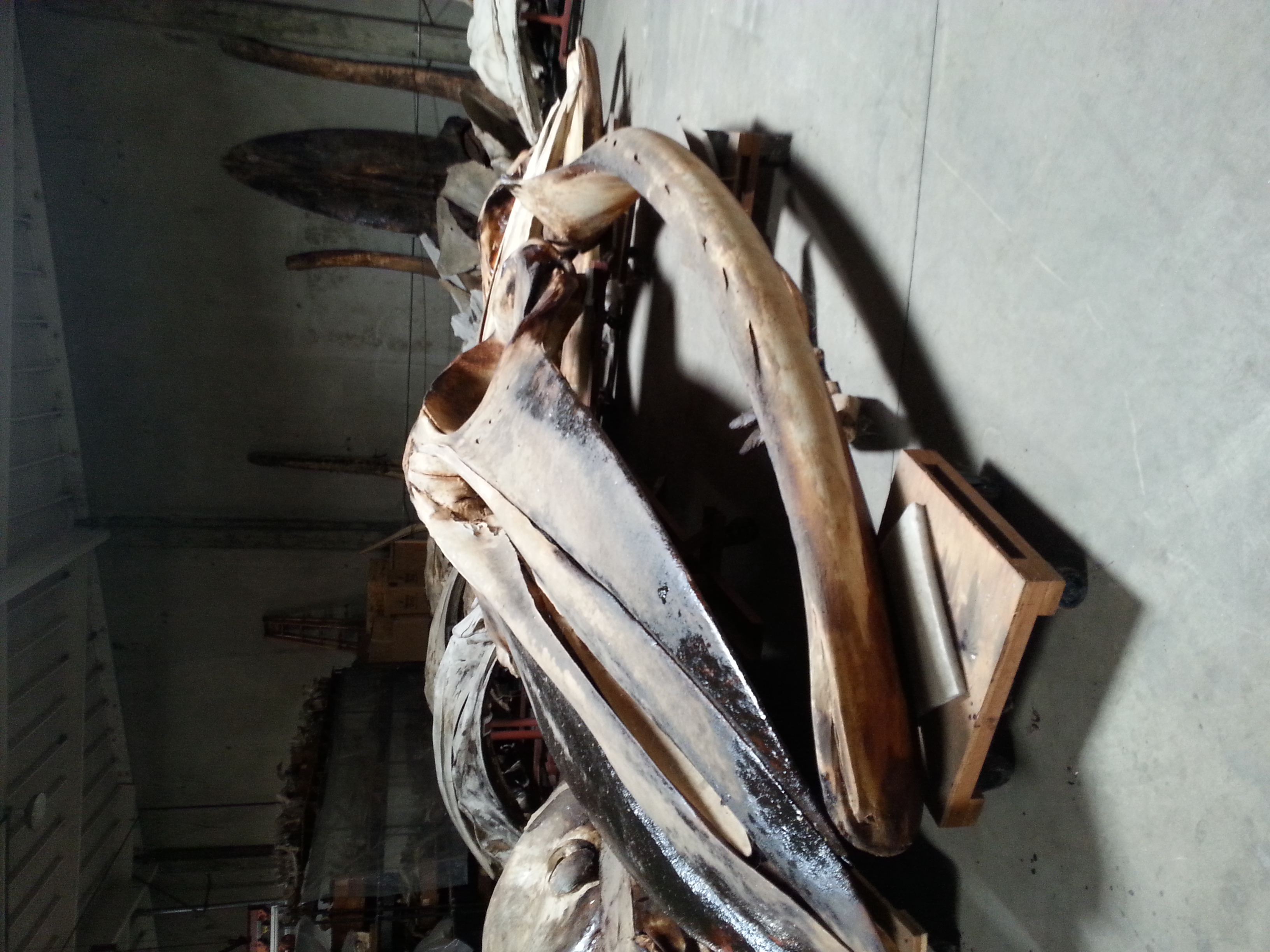comparative evolution of olfactory morphology
rendering 3D models of carnivore skulls and comparing evolution of olfactory morphology
This was an undergraduate research experience
As an undergraduate at UCLA, I worked with (then graduate student) Dr. Deborah Bird in Dr. Blaire Van Valkenburgh’s functional morphology lab.
Using 3D models of skull CT scans, we studied differences in the cribriform plate (CP), a feature of the olfactory morphology which separates the nasal chamber and the brain case and is the only place where olfactory sensory neurons can reach the olfactory bulb.
We asked whether these differences were a result of ecology or phylogeny and if the differences were reflected in the genome (i.e. number of olfactory receptor genes (ORG)). We found that CP surface area correlates with relative number of ORG and ecology (i.e. aquatic spp. have smaller CPs than terrestrial spp.). This relationship could be used to predict the relative sensory dependence on olfaction for fossil species with no genetic data. We also found that CP surface area correlates with diving depth in pinniped spp. (i.e. seals, sea lions, and the walrus).
My work in the lab resulted in 2 co-authored publications.
I also had the opportunity to design and conduct an independent project in which I predicted that, due to decreased levels of volatile odorants in colder air, species within the clade Pinnipedia that breed in lower temperatures would have evolved larger CPs relative to those from warmer climates, reflecting an increased sensitivity to the smaller concentration of volatiles in colder air.
There was no correlation between temperature and CP size, but CP size was strongly correlated with phylogenetic relatedness. My year in this lab heavily influenced my decision to attend graduate school.
I also had the opportunity to see a blue whale skull!!
